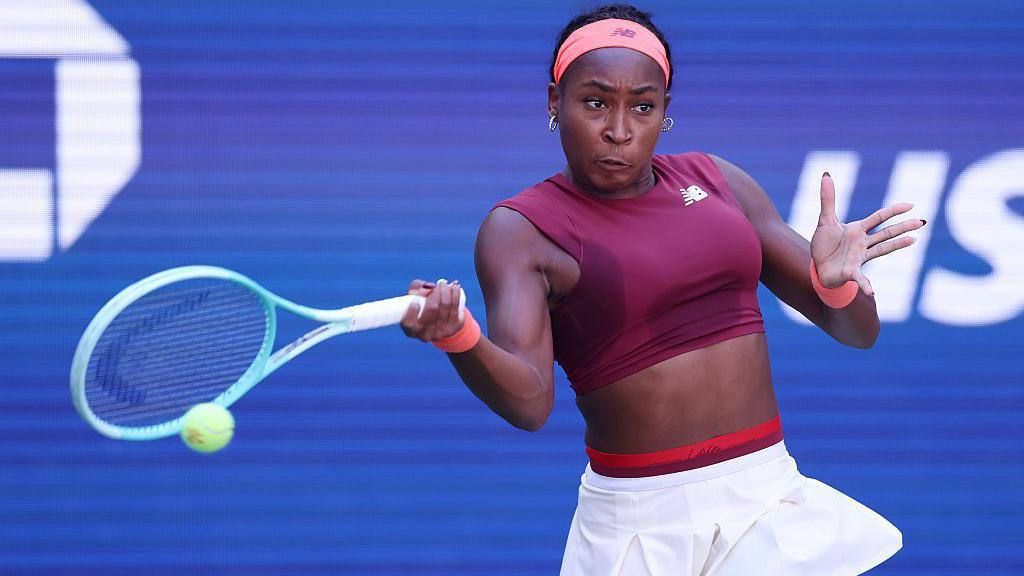Coco Gauff’s rise to World No. 3 has been a remarkable achievement, highlighted by her victory at the French Open and a recent title at the Wuhan Open. However, her potential for sustained success on the WTA Tour hinges on one crucial aspect of her game: her second serve. Gauff’s serve has been a point of concern for much of her career, and her struggles with double faults have continued to hinder her progress.
Throughout the 2025 season, Gauff has displayed all the hallmarks of a top-tier player: exceptional athleticism, a strong two-handed backhand, and a sharp tennis IQ. Yet, her second serve has been a significant weak point. According to recent statistics, Gauff’s double-fault rate of 9.9% is the worst among the top 50 players, far exceeding the next closest competitor in the top 10. This statistic is concerning, given how small the margins can be in professional tennis. Double faults not only hand over points but also put unnecessary pressure on a player’s serve game.
Despite these struggles, Gauff’s first serve has been relatively solid, and her return game remains one of the best in the world. In fact, she ranks first in return games won on the WTA Tour. However, her second serve continues to be a bottleneck in her pursuit of consistent success. It’s clear that addressing this issue could significantly elevate her game.
After a series of underwhelming performances, Gauff took decisive action by parting ways with her coach Matt Daly and hiring tennis biomechanics expert Gavin MacMillan. MacMillan’s approach has focused on refining Gauff’s service technique, specifically her knee bend and the way she generates racket head speed. These changes came just days before the US Open, a decision that resulted in a difficult tournament for Gauff. Nonetheless, her willingness to make such a bold move shows a clear commitment to long-term growth.
Gauff’s story serves as a reminder that improvement, even at the top levels of sport, requires ongoing work and adaptation. If her collaboration with MacMillan results in a smoother, more reliable second serve, Gauff could well be on her way to even greater success. Like Aryna Sabalenka, whose serve once plagued her but has since become a weapon, Gauff’s second serve may very well determine how far she can go in the sport.
As Gauff continues to refine her game, the coming years will be crucial in determining whether she can turn her weaknesses into strengths and build on the momentum of her already impressive career.

